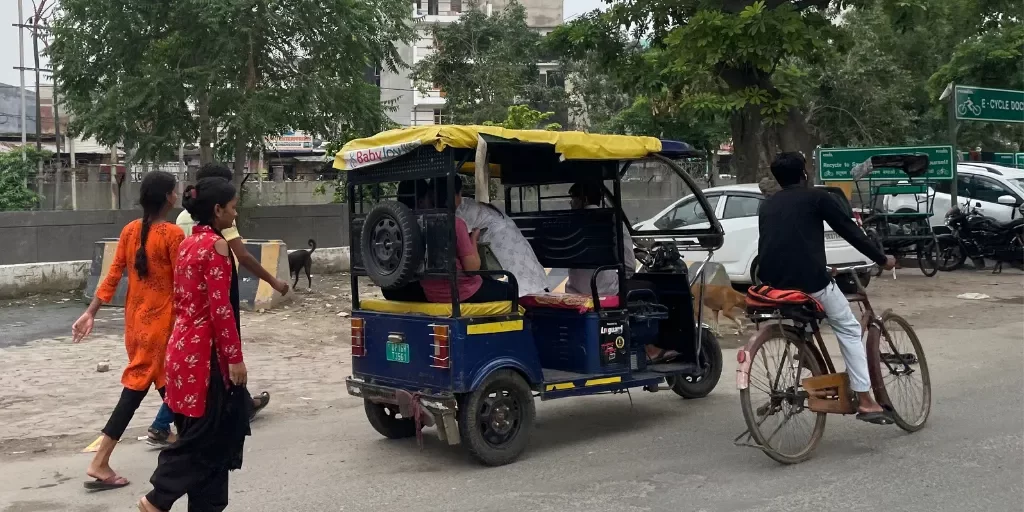In India’s alleys and avenues, e-rickshaws are more than vehicles. They are ladders—lifting people out of poverty, offering independence, and redefining gender roles.
A Story from the Streets:
Meet Ramesh, a migrant from Bihar. With just ₹30,000 and a dream, he bought an e-rickshaw on loan. Two years later, he owns three, employs two drivers, and is sending his daughter to an English-medium school. His story isn’t unique—it’s being replicated across the country.
Women Behind the Wheel:
In many cities, e-rickshaws have opened new doors for women. Initiatives like Pink Rickshaw in Jaipur train and finance female drivers. These women are not only earning but also providing safer transport options for female passengers.
Local Economies Get a Boost:
Battery service centers, mechanics, charging stations—all thrive around the e-rickshaw ecosystem. It’s a grassroots economic engine, spinning prosperity from the ground up.
Conclusion:
E-rickshaws are empowering the underserved. They’re not just wheels on the road—they’re wheels of change.






